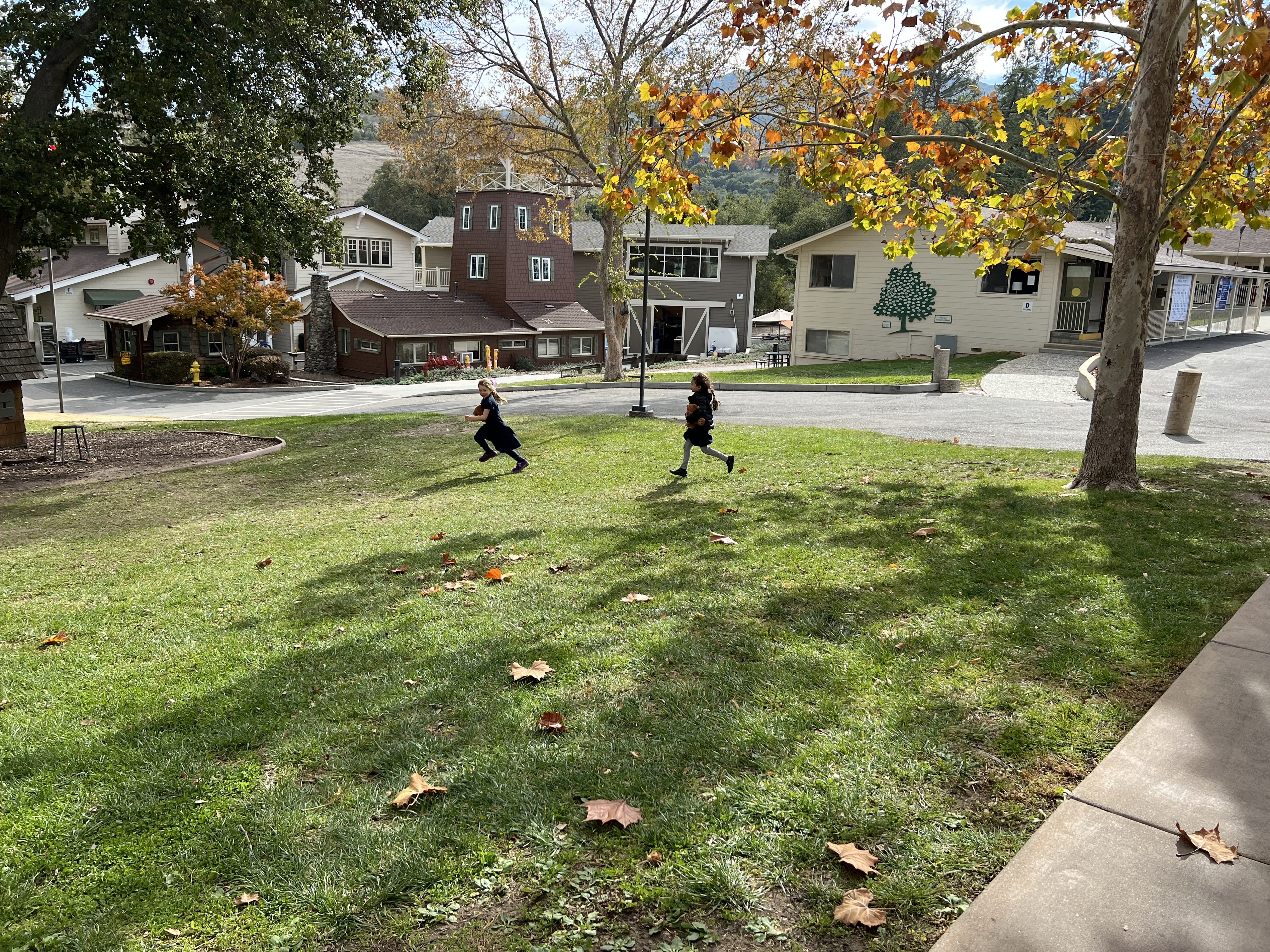Welcome to our Curriculum Connections! This is your weekly periscope into classes across campus – we’ll share new learning, challenges, accomplishments, and commentary from students in Lower and Middle School. Enjoy!
Mini, Might, Many: Kindergarten Combines Math and Literacy in Mini-Books
This week, Kindergarten students combined literacy and numeracy practice in multiple projects and activities, including with a Halloween twist! They illustrated and wrote in individual “mini-books” showing the count of various Halloween animals depicted on each page. This activity engages students in the joys of being an author, while practicing their motor plans for writing each numeral, and refining their one-to-one correspondence in counting. Some students added words or phrases to their mini-books, or drew their own images to illustrate different numbers of objects or animals for the numbers. Students also practiced their subitizing skills by illustrating and/or writing short phrases about different numbers of objects, thinking about grouping objects as one way to recognize a quantity and building their ability to see and describe a quantity represented visually without needing to always count each individual item. In preparation for Student Progress Conferences, students had individual interview times for literacy, for math, and for social emotional goals with their teacher. These one-on-one meetings allow teachers to observe closely how each child is thinking about letter identification, letter sounds, letter formation, counting, are there enough questions, and more/fewer type questions, while also capturing students’ reflections on how school is going so far in their own words. We can’t wait to share what we’ve learned so far in Conferences with families this coming week!
Boil and Bubble: Thermal Vents in 8th Grade Science
“Ok, it’s just a wild guess… I’m guessing it keeps the water so hot but the pressure of the water keeps it together instead of becoming a gas.” Eighth grade scientists are deep in a unit on phase changes, running labs and applying what they have learned about thermal energy, temperature, and phase change to develop explanations for observable, real-world phenomena that are very hard at first glance to interpret. Students watched a short video of thermal vents at the bottom of the ocean and developed claim-evidence reasoning to explain whether they thought the super hot water was undergoing phase change or not, and why. In response to the first “wild guess,” another student posited, “I think it does become a gas but then because of the temperature of the water around it, it quickly becomes a liquid again.” Peers offered examples and extensions, about sea creatures that “explode” when they rise too quickly in a column of water, and by asking important questions like, “Wait, isn’t there other stuff in the water? Like sediment and chemicals? Does that change it?” With their teacher’s facilitation, they connected their partially-formed explanations with an in-class demonstration wherein a flask of water brought to boiling then sealed with a rubber stopper, is turned upside down and stops boiling, but when ice is rubbed across the top where a gas gap exists, the water begins to visibly boil again all while the temperature decreases! Students marveled at the demo and attempted to find the connection between this live demo and the sea vents. Finally, they used their own experimental data about evaporation rates of rubbing alcohol and water collected earlier this week to wrap it all together– how do temperature and pressure interact in phase changes? And how can we take what we observe, and concepts we’ve learned in class, to explain why cooling the sealed flask boils it, why super-hot sea vents do not boil, and why our finger feels noticeably cooler as alcohol rubbed on it dries versus as water dries?
